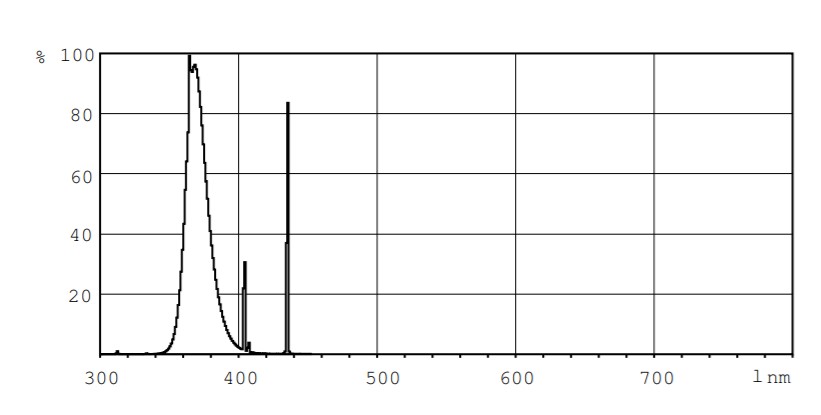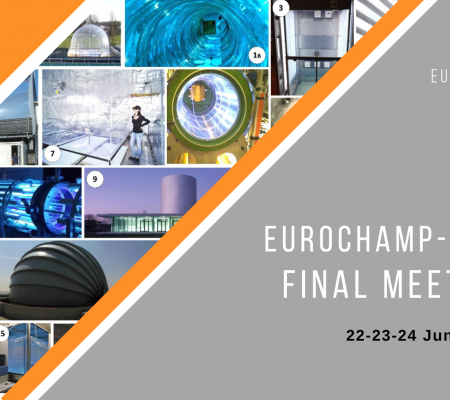| General information | |
| Access mode | Physical access |
| Infrastructure name and acronym | Irish Atmospheric Simulation Chamber (IASC) |
| Photos |
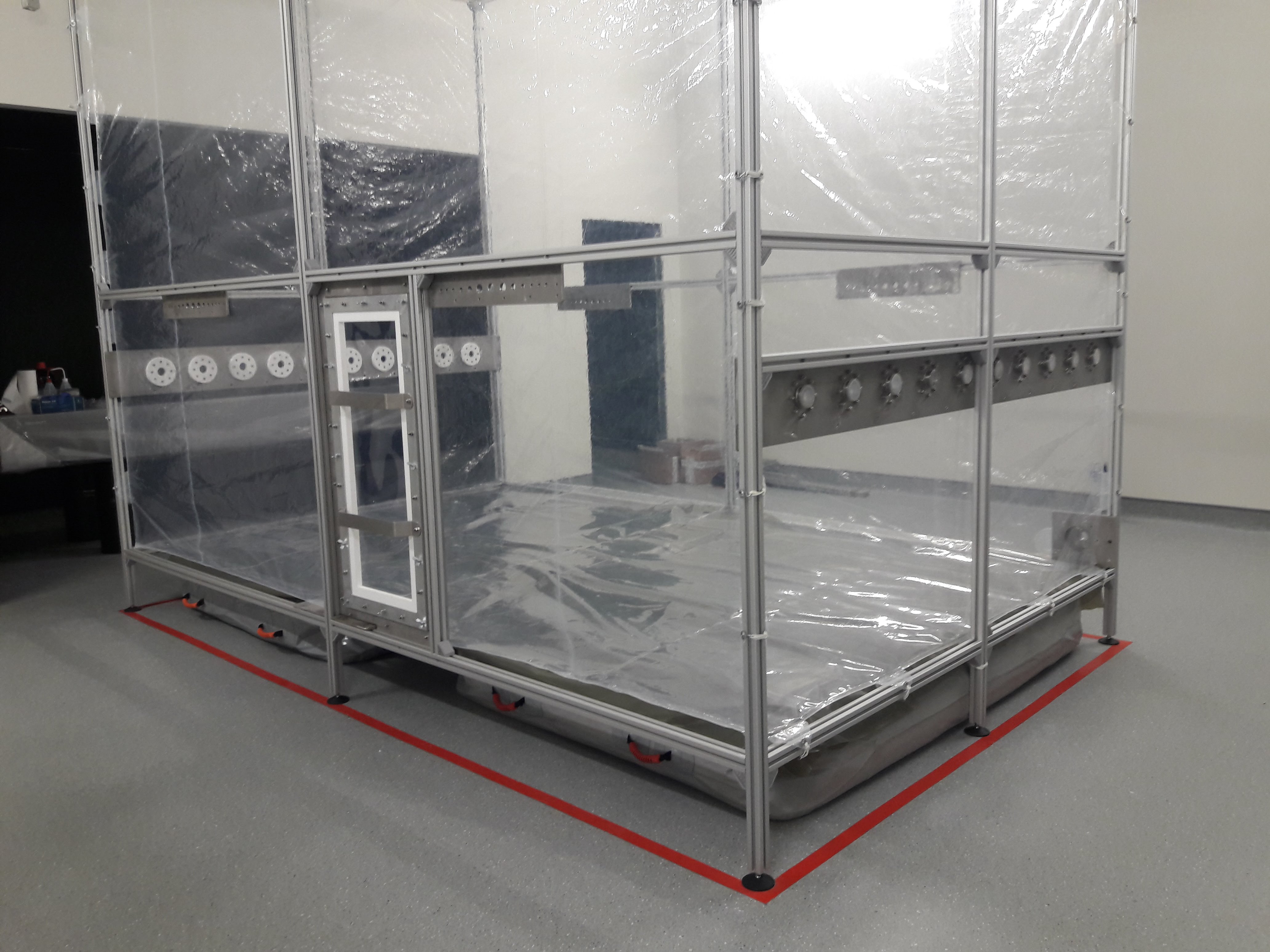 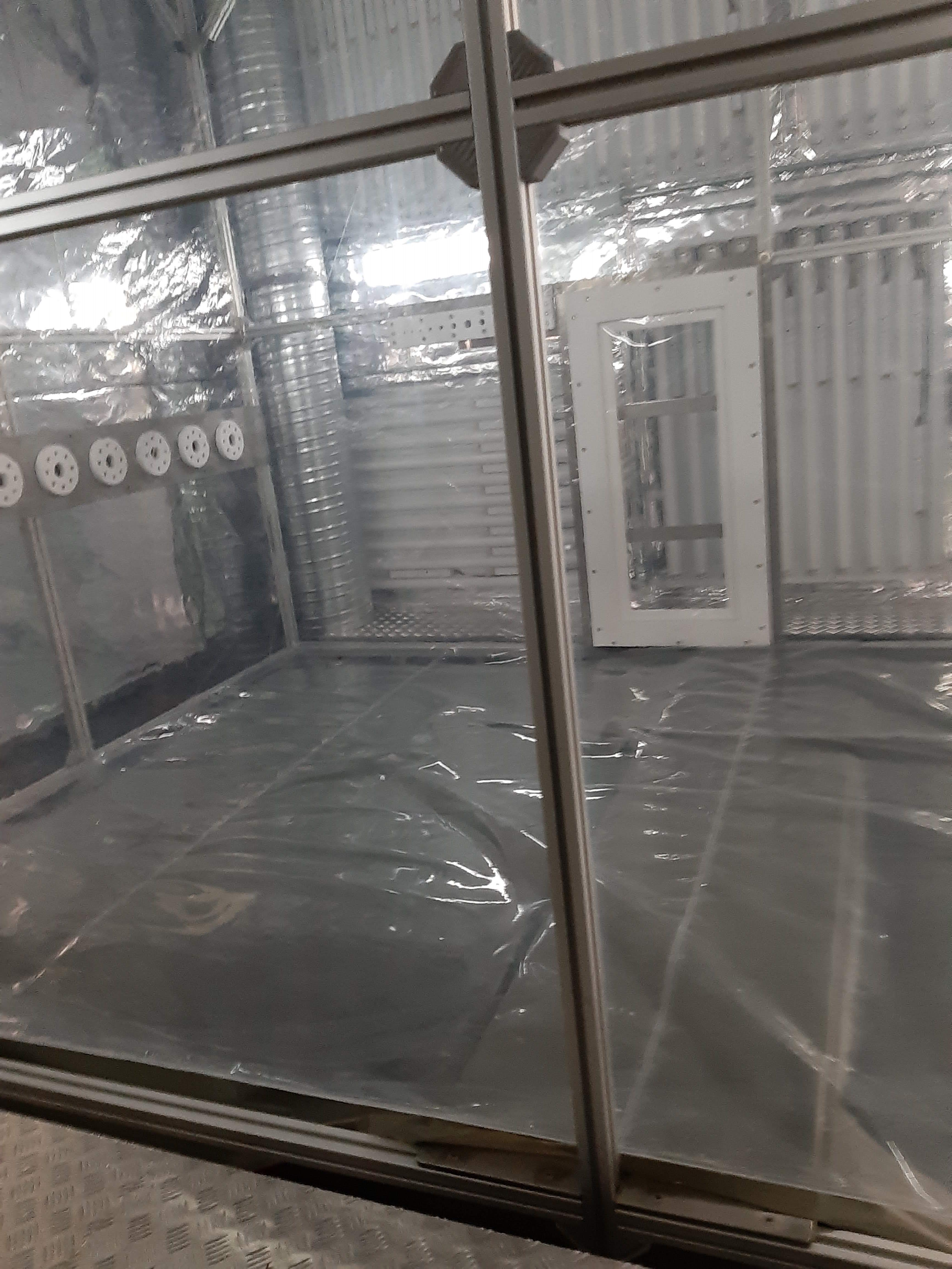 |
| Location | Cork, Ireland 51.8930° N, 8.4942° W |
| Website | http://www.ucc.ie/en/crac/facilities/iasc |
| Legal name of organisation operating the infrastructure | University College Cork - National University of Ireland, Cork |
| Description of the infrastructure | |
| Brief general description of the infrastructure to which access is offered |
IASC is a new custom-built facility funded by €1.1M from Science Foundation Ireland. The chamber is a 27 m3 cuboid (4.5 m long x 3 m wide x 2 m high) made of FEP Teflon foil, supported in a frame and surrounded by a temperature-controlled housing. Several banks of UV lamps provide radiation to enable studies of atmospheric photochemistry. The chamber is fitted with valves for filling/flushing the chamber with purified air and numerous ports for adding/sampling gases and particles. A specially designed access door allows items (sensors, test materials) to be positioned inside the chamber.
|
| Services currently offered by the infrastructure and its research environment |
The new IASC facility is well equipped for innovative studies that address major challenges in air quality and climate research. The scientific team are experts in VOC degradation, SOA formation and characterisation, development and application of novel spectroscopic techniques for atmospheric measurements. We encourage fellow scientists working in these areas to make use of our unique facilities. However, the chamber has also been built to attract users from other areas, especially materials science and technology. |
| Modalities of access and support offered under EUROCHAMP-2020 | |
| Typical duration of work |
10 to 15 access days |
| Community/user type served |
|
| Scientific and technical support offered | Scientific support is provided by Prof. John Wenger, Prof. Andy Ruth and Dr. Dean Venables, who will work with users on experimental design and generate a detailed day-to-day plan for visits. Training in general use of the chamber and instrumentation will be provided by PhD qualified Technical Officers with many years of experience in this area. The technical team will also facilitate any modifications required to connect instruments, insert sensors and test materials etc. Interpretation of data obtained by the time-of-flight mass spectrometer will be supported by Prof. Wenger, while detailed operation of the in-situ spectroscopy system (and subsequent data analysis) will be supervised by Prof. Ruth and Dr. Venables. |
| Logistic and administrative support offered | The IASC Management Team will deal with all access requests and work with users to identify days/weeks that are most suitable for the proposed work. The operating schedule will be posted on the Facility’s website and updated regularly. Financial aspects of the Access Charge Plan will be managed by experienced staff working in the Chemistry Department and the University Finance Office. |
| Person in charge of access provision at the infrastructure |
Professor John Wenger, Director of Centre for Research into Atmospheric Chemistry - University College Cork. j.wenger@ucc.ie |
| Extended technical description | |
| Physical description | Cuboid made of FEP Teflon foil Dimensions: 3.85 m long, 2.40 m wide and 3.00 high. Volume = 27.2 m3 Surface area = 56.0 m² Projected surface area: 7 - 11 m² Surface/volume = 2.1 m-1 Temperature range = 18 – 23 °C Pressure range = 1000-1030 mbar RH range <1% - 65% |
| Irradiation spectra |
125 UVA Lamps (Phillips Actinic BL TL 40W/10) Emission spectrum
25 UVB Lamps (Phillips TL 40W/12 RS) Emission spectrum 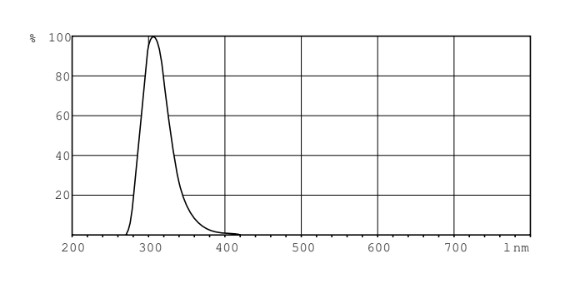 Estimated maximum J(NO2) value = 6×10-3 s-1 |
| Aerosol lifetime | 2-4 x 10-5 s-1 |
| Auxiliary mechanism | Ongoing |
| Description paper | Ongoing |



